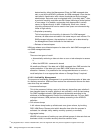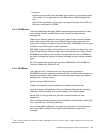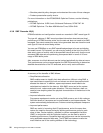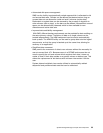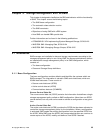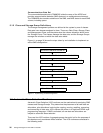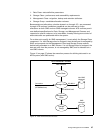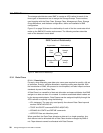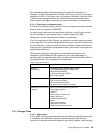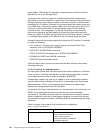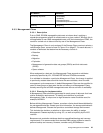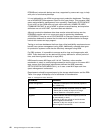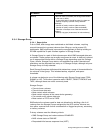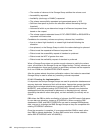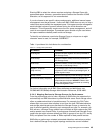
38 Storage Management with DB2 for OS/390
5.3 SMS Classes
The storage administrator uses ISMF to create an ACS routine for each of the
three types of classes and one to assign the Storage Groups. These routines,
used together with the Data Class, Storage Class, Management Class, Storage
Group definitions, and the base configuration, define an installation’s SMS
configuration.
Figure 13 on page 38 shows the relationship of each of the four constructs which
make up the SMS ACS routine environment. The following sections describe
each of the classes in more detail.
Figure 13. SMS Construct Relationship
5.3.1 Data Class
5.3.1.1 Description
Formerly, when allocating new data sets, users were required to specify a full set
of attributes. Even for multiple allocations, repetitive coding was required. With
the introduction of SMS, this process is now simplified, and also helps to enforce
standards by use of the Data Class.
A Data Class is a named list of data set allocation and space attributes that SMS
assigns to a data set when it is created. It contains associated default values set
by the storage administrator. Data Classes can be assigned implicitly through the
ACS routines or explicitly using the following:
• JCL statement. The user only need specify the relevant Data Class keyword
such as DATACLAS=DCLIB
• TSO/E ALLOCATE command DATACLAS(DCLIB)
• IDCAMS ALLOCATE and DEFINE commands
• ISPF/PDF Data set allocation panel
When specified, the Data Class allocates a data set in a single operation. Any
disk data set can be allocated with a Data Class whether managed by SMS or
not. Tape data sets cannot be allocated with Data Classes.
Data
Class
SMS Construct Relationship
Management
Class
Storage
Group
Storage
Class
Dataset
Organization
Performance
Availability
Location



